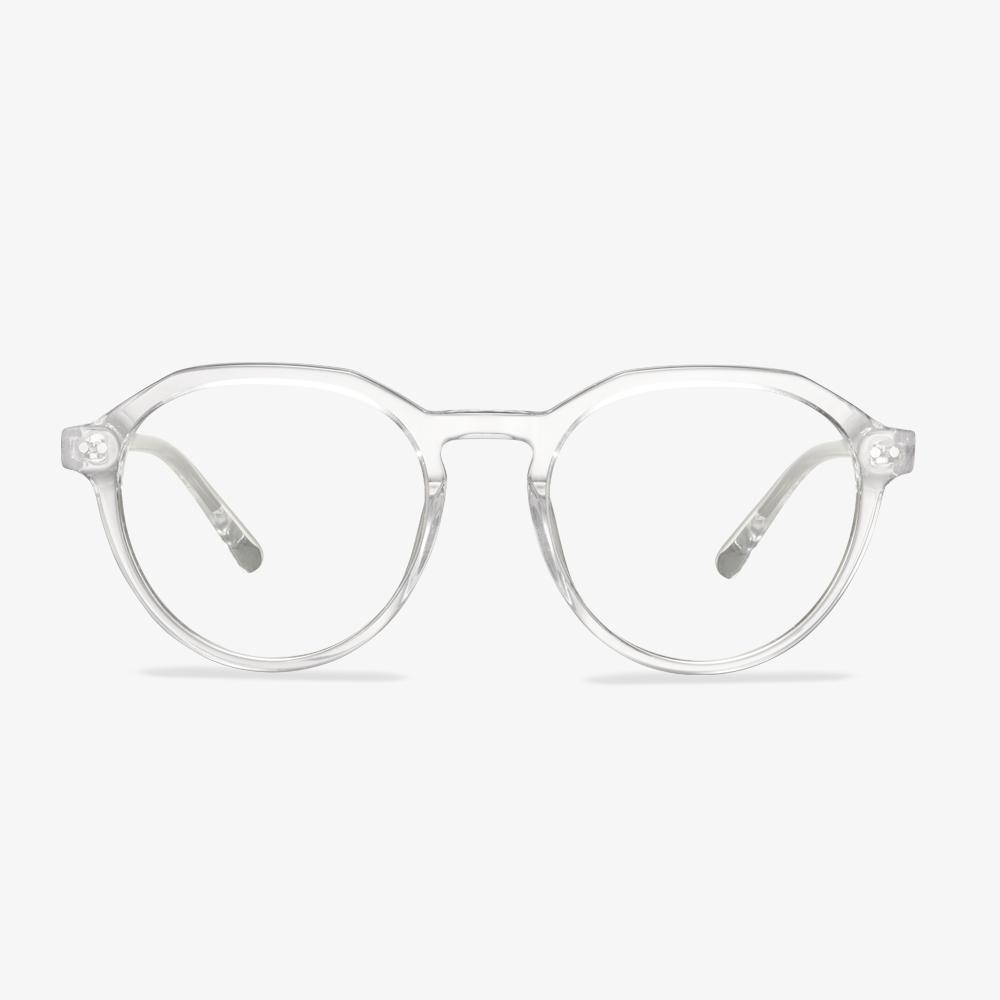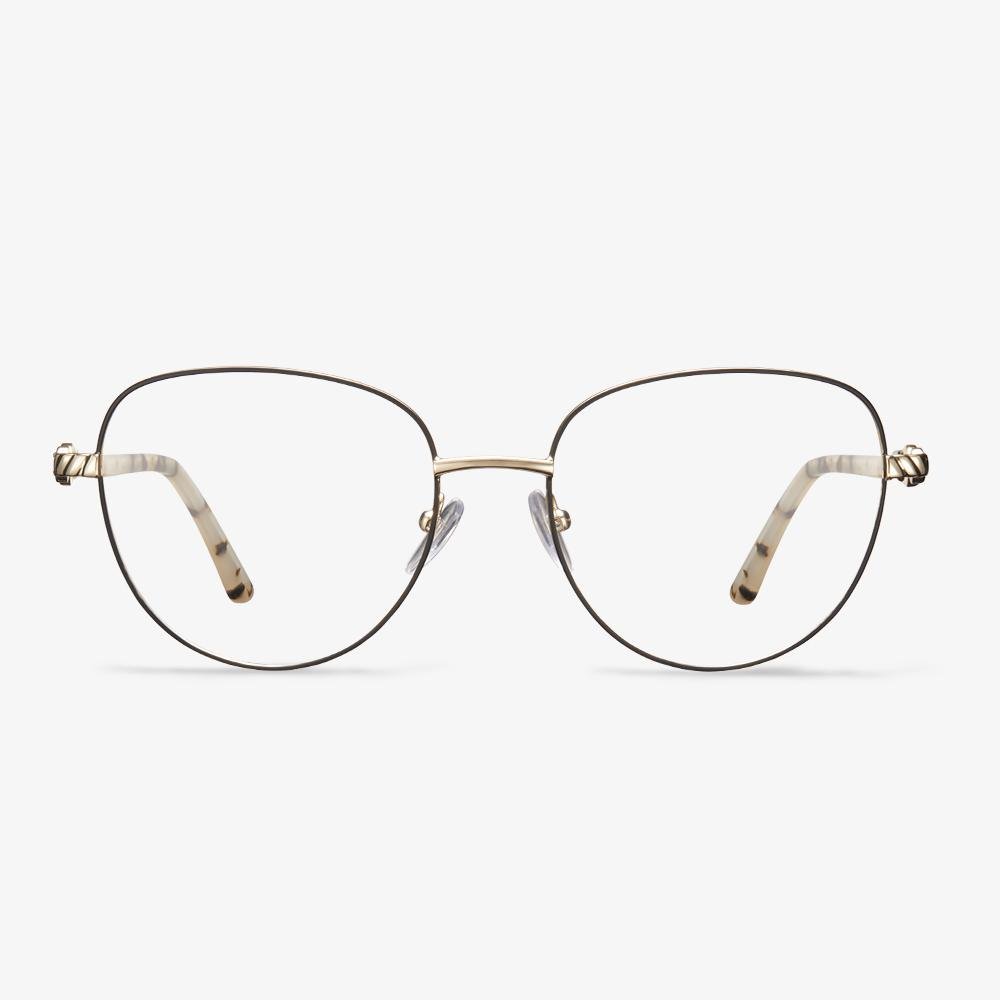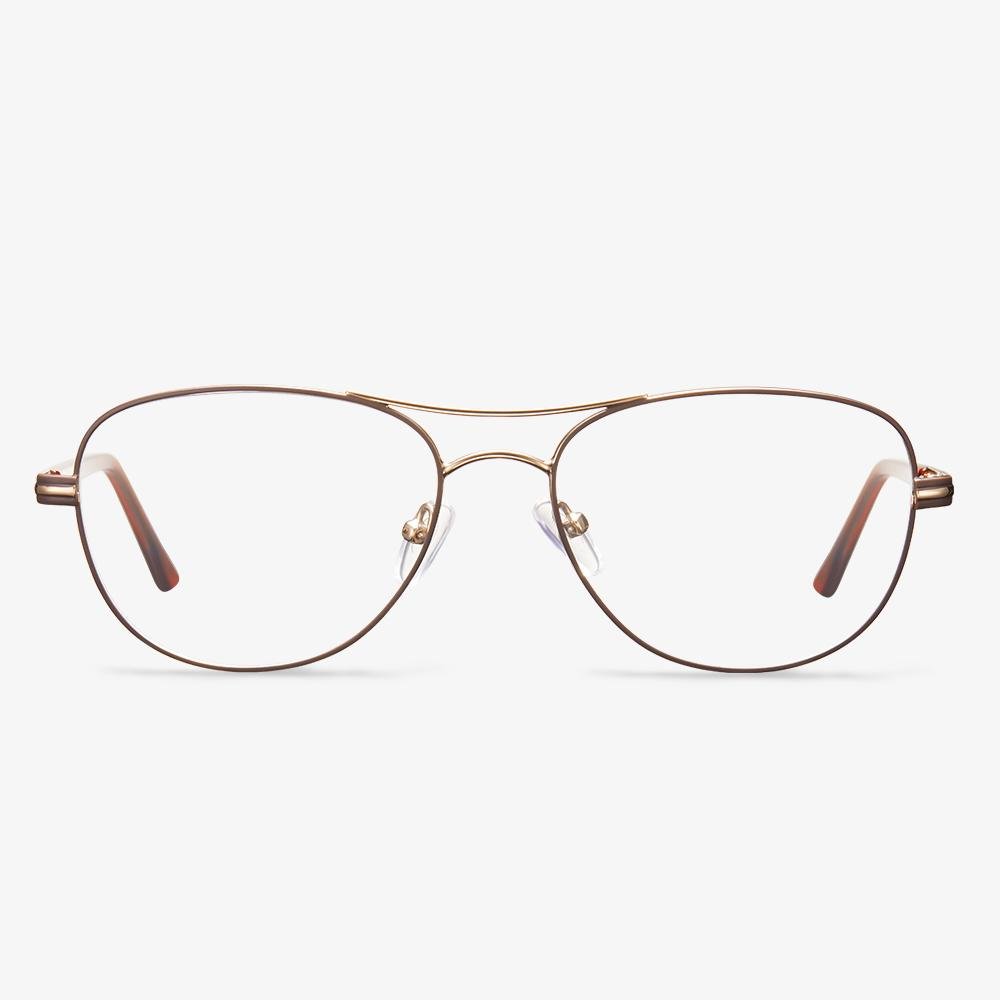In this article, let’s talk about “Difference Between Distance PD And Near PD”.

What is PD? Pupillary distance (PD) measures the distance between the centers of the pupils. This measurement is used to determine the position you see through the glasses lens and should be as accurate as possible. However, do you know the difference between distance PD and near PD? Do I use distance PD or near PD when ordering glasses?
What is Distance PD?
PD is the distance between the center of the pupil. It is measured in millimeters. This measurement ensures that when you're wearing glasses, you're looking at the right place on the lenses. Distance PD is the distance between the pupils when looking at a distant object. Near Centration Distance (CD) is the distance between the axes of view on the landscape plane when a near object is being watched. Near PD is really impossible to be measured unless the patient's cornea is removed, but the near-CD can be easily got using a small metric ruler. Measurements are usually written in millimeters. There is usually no apparent difference between them.
What is Near PD?
Near PD is the distance between the eyes when looking closely. Near PD is the distance between the pupils of the eyes when looking at a near target. The closer the object is, the more inward the eye converges. Therefore, according to the different gaze distances, it can be roughly divided into distance PD, near PD. Distance PD is applied to distant glasses, and near PD is applied to the near mirrors.
Difference Between Distance PD And Near PD
When our eyes are looking far away, the whole eye muscles are relatively relaxed, so there will be a pupil distance. When looking closer, the eyes will automatically converge inward, so the distance between the eyes will be smaller than when looking farther away. When matching glasses, first of all, we consumers should make clear that this pair of glasses is used to look for objects or close objects. Then actively tell the optometrist.For the Distance PD, you have to look at something 5 meters away. The optometrist then takes a measurement using a PD ruler. For the near PD, the measurement was made when you are asked to look at something about 40 centimeters away. For the average person, it's basically far in degrees, and they use Distance PD. For presbyopia and some people with poor visual function, in order to relieve the symptoms of looking at close objects, so on the basis of far use with a pair of glasses for close use (not everyone needs). At this time, the eyes will turn slightly inward, and it will cause the distance between the two eyes to become smaller. For example, 'Far PD' refers to long-range vision glasses, and 'Near PD' refers to reading glasses. For most people, the difference between Distance PD and near PD is about 2-3mm.
The average PD for adults is between 54-74 mm and for children is between 43-58 mm. Your ophthalmologist will usually measure your PD during the eye exam. However, if it is not given to you, the following 5 steps will help you measure it yourself.
How to measure your PD ?
Stand 8 inches away from the mirror.
Hold a ruler against your forehead.
Close your right eye, and align 0 mm of the ruler with the center of the left pupil.
Look straight, then close your left eye, then open your right eye.
The mm line aligned with the center of your right pupil is your PD.
Check step by step guidline on how to measure your PD with a regular ruler
Thank you for your time in reading our passage “Difference Between Distance PD And Near PD”. For more information about sunglasses and eyeglasses, please continue to follow KoalaEye Blog. Also, it is welcome to share and forward to Facebook and Twitter.














